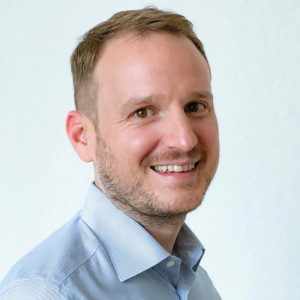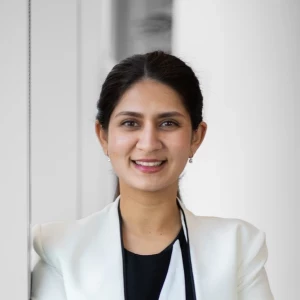Dear all,
In a recent interview I received the case whether I would rather (i) accept the offer of firm X for 100k annual salary or (ii) receive a 50% stake in a café nearby. I was wondering how you'd approach such a case.
My logic was first starting with a quantitative evaluation (i.e. NPV of profit from café + value of existing equipment assuming no debt) and secondly add qualitative considerations (missing know-how, intrinsic motivation for consulting etc.)
Many thanks for your help and best

















